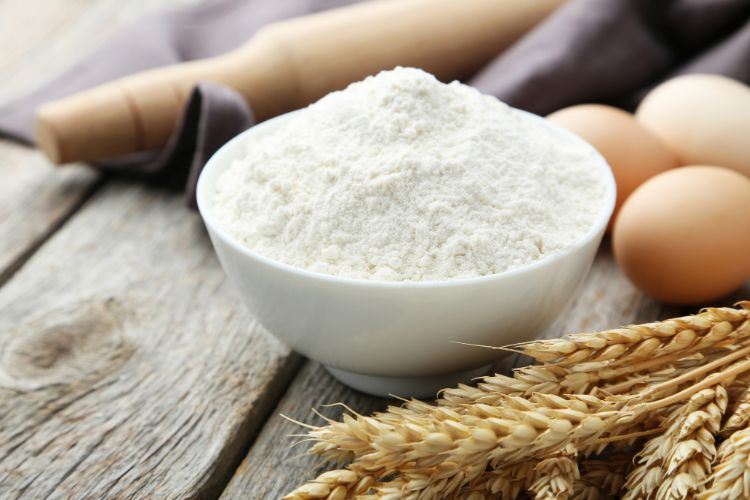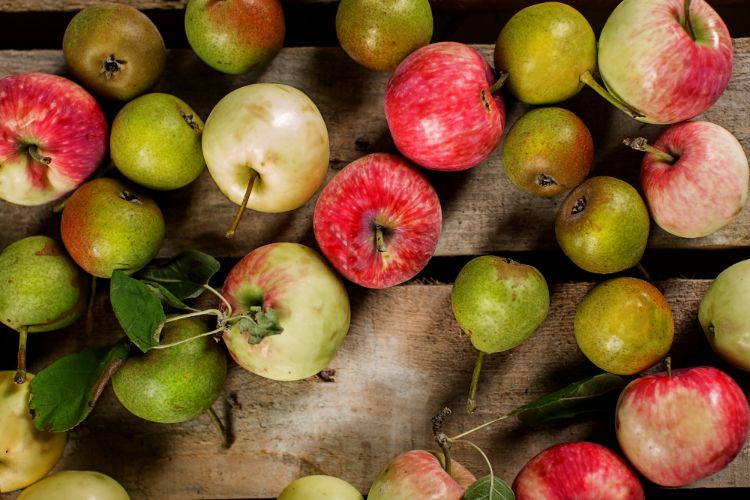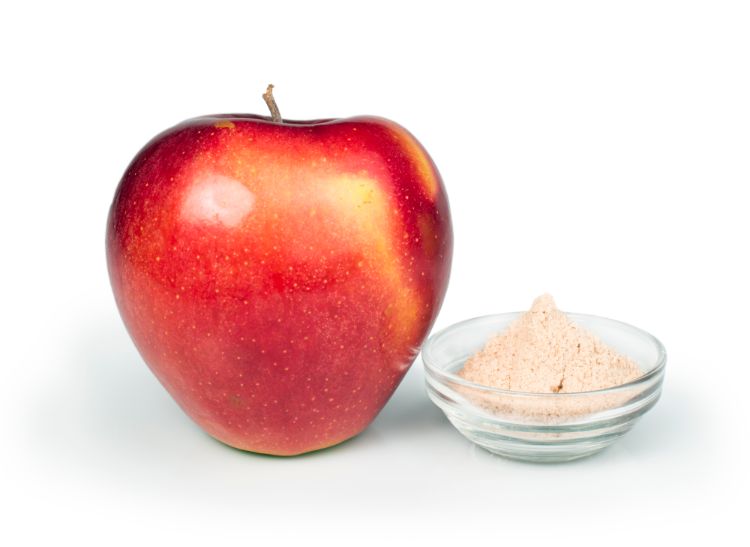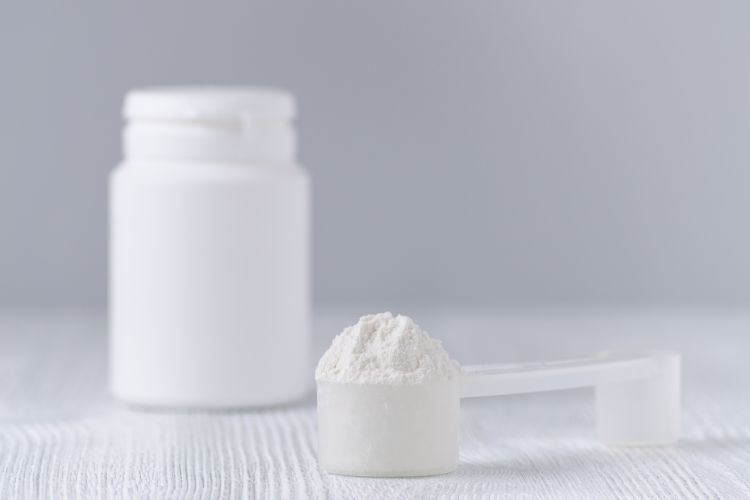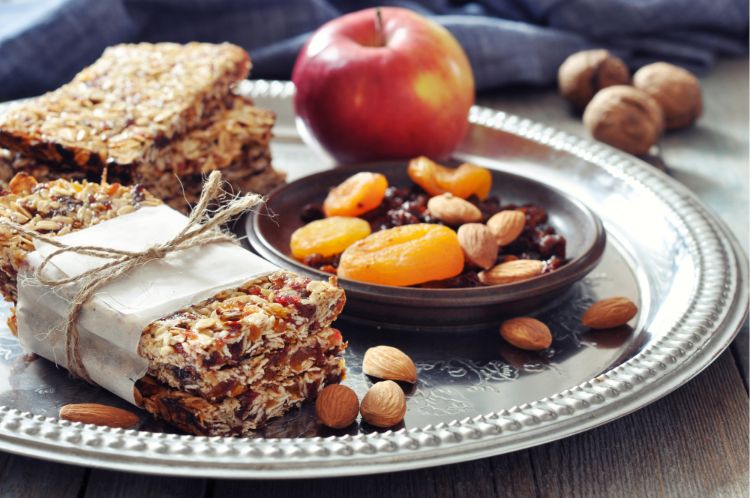Which foods contain a lot of starch — Top 14
Conditionally, all carbohydrates can be divided into three main categories: sugars, starch and fiber . And it is starch that is the most common type of carbohydrates in the human diet. It is synthesized by most plants under the influence of sunlight.
There are many foods that contain starch. Unfortunately, many of them are refined and can lead to sharp rises in blood glucose after consumption. This circumstance should be taken into account by persons suffering from diseases of the glycemic profile (diabetes mellitus, fasting hyperglycemia, impaired glucose tolerance).
But whole unprocessed foods are the most useful sources of starch.
Types of starch
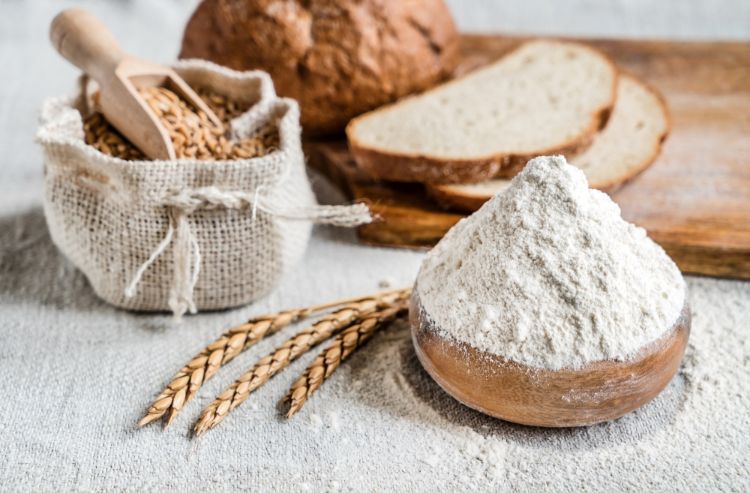
It is important to understand that there are several types of starch, and far Not all starches are equally beneficial . There are such varieties:
- Slow-digested (amylose). A person has to spend a lot of energy to digest this type of starch.
- Quickly digested (amylopectin). Is rapidly broken down to glucose molecules and absorbed through the intestinal wall.
- Resistant starch. Is delivered to the large intestine unchanged, where it supports the functioning of colonocytes and promotes the growth of beneficial bacteria. Exactly resistant starch is considered the most useful for humans.
14 foods rich in this substance
And now let's look at the list of 14 products that are most rich in various types of starch.
1. Rice flakes (72.1%)
 Amount of starch per 100 grams: 72.1 g or 72.1%.
Amount of starch per 100 grams: 72.1 g or 72.1%.
Rice flakes are one of the most common types of breakfast in a number of foreign countries. It is a mixture of puff pastry rice and sugar paste.
The product, in most cases, is rich in vitamins, macro- and microelements. Scientists claim that 100 grams of rice flakes can contain almost 100% of the daily requirement, in substances such as: magnesium, thiamine, riboflavin, iron, vitamins B6 and B12.
The listed substances improve the functioning of smooth and striated (skeletal) muscles, provide ideal conditions for conducting impulses along nerve fibers, regulate the course of a number of metabolic processes.
But the high sugar content, unfortunately, negates almost all the positive effects.
2. Pretzels (71.3%)
Starch per 100 grams: 71.3 g or 71.3%.
 Pretzel is a European bakery product based on pastry. It contains a large amount of refined starch.
Pretzel is a European bakery product based on pastry. It contains a large amount of refined starch.
Pretzels are quite a harmful food product. Against the background of consumption, there is a marked increase in blood glucose levels, the development of feeling tired and increased appetite. Such properties contribute to the gain of excessive body weight and the development of type II diabetes mellitus.
3-6: Flour
Flour is a universal product used for the preparation of bakery products. There are many varieties with various beneficial and negative qualities.
3. Corn flour (74%)
 Starch per 100 grams: 74 g or 74%.
Starch per 100 grams: 74 g or 74%.
Corn flour is a coarse flour that is produced by grinding dried corn kernels. It does not contain gluten and can be used by people with celiac disease – a violation of digestive processes due to damage to the villi of the small intestine.
According to research papers, corn flour has antioxidant properties (improves nutrition of body cells, prevents the development of tumor processes and premature aging).
Scientists from Malawi claim that various dishes (for example, porridges) made from whole corn or whole corn flour have a fairly high glycemic index (higher than glucose). This leads to a rapid increase in blood sugar levels after consumption. Therefore, diabetics should be careful when including the product in the diet.
4. Wheat flour (70.4%)
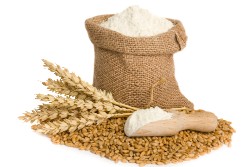 Starch per 100 grams: 71.3 g or 70.4%.
Starch per 100 grams: 71.3 g or 70.4%.
Is made by grinding millet seeds. Gluten-free, rich in phosphorus, magnesium, selenium and manganese.
Latest scientific research note the negative impact of wheat flour on work Thyroid gland . It affects the processes of accumulation and release of hormones (T3 and T4) into the blood, contributes (with excessive consumption) to the development of hypothyroidism.
University Scientists Massaged installed that wheat flour provokes the occurrence of endemic goiter.
Can also contribute to the development of obesity (due to high calorie intake and appetite stimulation).
5. Sorghum flour (68%)
Starch per 100 grams: 68 g or 68%.
Sorghum flour is one of the most unique types of cereals. It is used for cooking a variety of dishes, as animal feed, as well as in large-scale industry for the production of wax and paints.
The product is gluten-free and rich in antioxidants.
Specialists from Texas A&M University (USA) discovered that sorghum crops, in addition to starch, contain anthocyanins. The content and stability of anthocyanins is 3.5 times higher than in all other types of cereals.
Sorghum flour improves lipid profile indicators (increases HDL, lowers total cholesterol, as well as LDL, VLDL, TAG), strengthens the walls of blood vessels and prevents the formation of coronary heart disease and other cardiovascular diseases caused by atherosclerosis.
Is also an important source of protein (the main building material in the human body) and fiber necessary for adequate motor activity of the digestive system and maintenance of the composition of the microflora of the large intestine.
Proven that sorghum flour contains polyphenols that prevent the development of type II diabetes mellitus by increasing the sensitivity of peripheral tissue cells to insulin and accelerated glucose utilization (even despite its rapid rise after consuming the product).
6. White flour (67%)
 Starch per 100 grams: 67 g or 67%.
Starch per 100 grams: 67 g or 67%.
White flour is a bran made from whole wheat. The germ and the "shell" are removed from wheat, which contain fiber and all the main valuable nutritional components (iron, copper, cobalt, B vitamins).
Therefore, white flour cannot be considered useful.
Eating white flour, according to the scientific community , contributes to the development of obesity and type II diabetes mellitus.
7. Oats (58%)
 Starch per 100 grams: 58 g or 58%.
Starch per 100 grams: 58 g or 58%.
Oats are one of the most useful cereal plants. Contains a lot of fiber , proteins, polyunsaturated fatty acids, as well as vitamins, macro- and microelements.
French researchers note that oats, when consumed regularly, helps to reduce the incidence of cardiovascular and endocrine diseases (diabetes mellitus).
According to scientists from the USA, oats normalize body weight by reducing hunger. The effect is realized at the level of appetite centers located in the brain.
Canadian Studies demonstrated that oats reduces total cholesterol and the concentration of low-density lipoproteins in the blood, which prevents atherosclerotic damage to the arterial bed and the development of extremely dangerous cardiovascular diseases (chronic cerebral ischemia, chronic coronary heart disease and myocardial infarction).
It is recommended to eat oats for breakfast.
8. Instant noodles (55%)
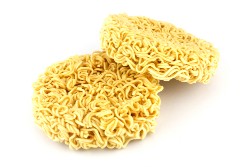 Starch per 100 grams: 56 g or 55%.
Starch per 100 grams: 56 g or 55%.
The semi-finished product contains a minimum amount of nutrients, but is rich in carbohydrates and fats.
Proven that the inclusion of instant noodles in the diet is fraught with a high incidence of metabolic syndrome (hypertension, obesity, type II diabetes mellitus, gout, etc.).
Eating noodles more than 2 times a week is considered dangerous to health and is not recommended. The product also increases appetite, which accelerates weight gain.
9-12: Bread and bakery products
The consumption of any bakery products is associated with a potential health risk. They contribute to a rapid increase in blood glucose concentration and the development of pathologies such as obesity and type II diabetes mellitus.
9. English muffins (44.4%)
Starch per 100 grams: 44.4 g or 44.4%.
 Is a flattened round bread that is toasted on both sides. Served with butter.
Is a flattened round bread that is toasted on both sides. Served with butter.
Spanish research has found that English muffins, in traditional cooking, can be used as a source of carbohydrates and fats for celiac patients, as well as to correct the diet of people who monitor the energy value of their diet.
10. White bread (40.8%)
Starch per 100 grams: 40.8 g or 40.8%.
 White bread has a high starch content. It is prepared from wheat endosperm, therefore, it contains a low volume of valuable minerals and vitamin complexes.
White bread has a high starch content. It is prepared from wheat endosperm, therefore, it contains a low volume of valuable minerals and vitamin complexes.
Scientists from Singapore claim that white bread has a high glycemic index, contributes to an extremely rapid increase in blood glucose levels and is strictly prohibited for people with diabetes mellitus.
11. Tortilla (40.2%)
Starch per 100 grams: 40.2 g or 40.2%.
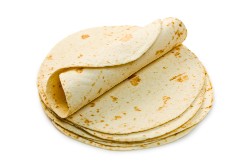 Tortilla is a thin flatbread based on corn or wheat flour, which has become widespread in Central America, the USA and Mexico.
Tortilla is a thin flatbread based on corn or wheat flour, which has become widespread in Central America, the USA and Mexico.
Only those tortillas that are made on the basis of whole corn flour have a set of useful properties.
Whole-grain tortilla has an effect on the central nervous system: it improves the ability to learn, activates thought processes and memory .
The product also provides prevention of cancer pathology and premature aging.
12. Shortbread cookies (39.5%)
Starch per 100 grams: 39.5 g or 39.5%.
 Is a classic version of the Scottish dessert. Main ingredients: sugar, butter and flour.
Is a classic version of the Scottish dessert. Main ingredients: sugar, butter and flour.
It is important to note that industrial cookies are rich in trans fats, which, according to Brazilian scientists , contribute to the formation of visceral fat depot – the most dangerous type of obesity.
Trans fats also increase the frequency of occurrence of serious diseases with fatal consequences (myocardial infarction and stroke).
13. Rice (28.7%)
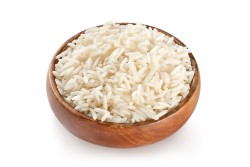
Starch per 100 grams of boiled rice: 28.7 g or 28.7%.
According to Iranian experts, rice consumption is associated with a low incidence of such abnormalities: hypertension, coronary artery disease, obesity, type II diabetes mellitus.
14. Pasta (26%)
 Starch per 100 grams of boiled pasta: 26 g or 26%.
Starch per 100 grams of boiled pasta: 26 g or 26%.
Pasta is a type of noodles that is made from durum wheat.
According to Italian scientists, there is no data on the effect of pasta on the incidence of metabolic diseases.
Conclusion
Thus, starch is one of the main components of the human diet. Modern industrial products with starch, in most cases, are devoid of valuable fiber and useful nutrients (macro- and microelements, vitamins), which is extremely important to consider before use.
At the same time, whole unprocessed foods (oats, sorghum flour, etc.) are excellent sources of vitamins and nutrients, which must necessarily be consumed on a regular basis in order to satisfy the body's need for carbohydrates and fiber, an extremely important element for maintaining health and adequate functioning of the gastrointestinal apparatus.
